Tensile Structures
Tensile Structures and Large Span Membrane Roofs for Architecture
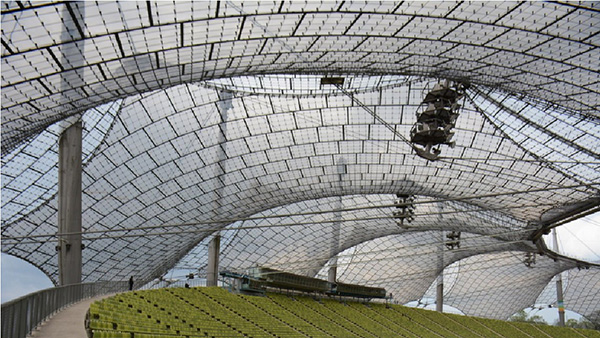
The tensile structures are the solution to cover large areas of complex shape by minimizing the materials used. In tensile structures, materials are used efficiently (tension and compression only). Thanks to specific supports, on existing buildings or through cable-stayed poles, it is possible to tension a membrane which, due to the “double curved” shape, will support external loads such as wind and snow and allows to cover large spans at very competitive price compared to standard building technology, an iconic aesthetic result and a reduced environmental impact. Macro Technology is specialized in the design and construction of tensile structures in PVC coated polyester and/or PTFE coated fiberglass membranes, depending on the required performance and lifespan expected.
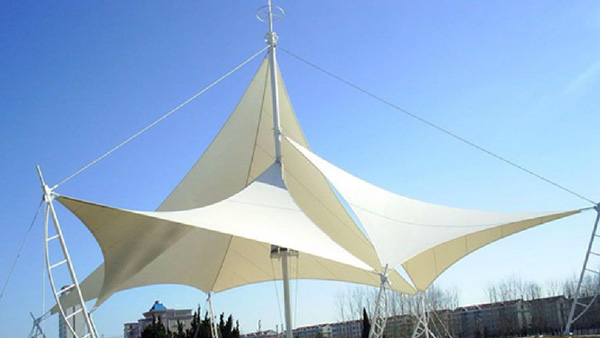
Tensile structures are made of elements design to absorbs only tension forces (membranes and cables). Pillars are usually hinged and therefore they works only in compression. For this reason, tensile structures are the most efficient building construction technology: they are effective and lightweight either form a structural and aesthetical point of view. For all these reasons, tensile structures are ideal to cover large span. On the other hand there are limitation of the shape: not all forms can be realized with tensile structures. Their shape is the result of the internal forces which runs through their members, always in equilibrium.
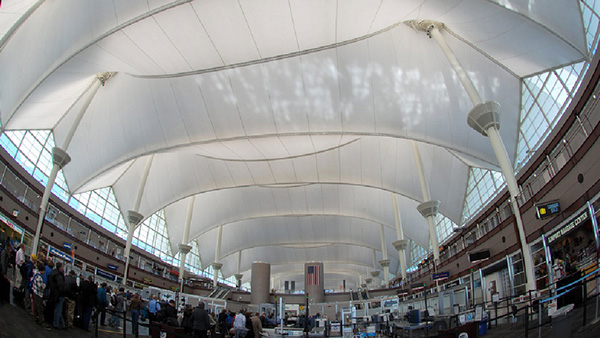
Tensile structures are defined “form-resisting” or “form active” structures. If the form changes, the load bearing capacity changes too. To resist external loads (wind and snow), membranes should have the typical double-curved configuration. Doble curved shape is the result of a form finding process which minimize the fabric stresses starting from a given prestress level. The higher is the double curvature in the fabric, the better is for the efficiency of the system which reduces internal forces.
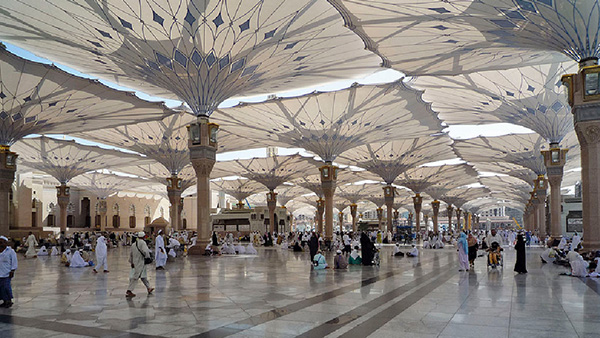
The flexible parts of the tensile structures, ie the membranes and the cables, are arranged in space following the directions of the forces acting inside them. For this reason these structures are also known as “From-active”. The edges and the point connections of these elements influence the final shape that the cables and membranes can generate. For this reason, tensile structures can be categorized according to the types of support and, consequently, their shape.
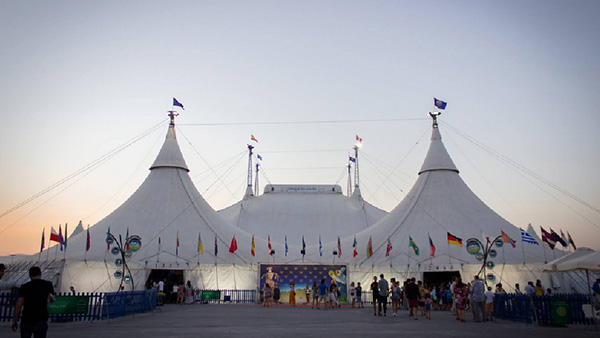
As is known, tensile structures have “double curved” surfaces, ie curved in two directions. The shapes of the tensile structures are divided into synclastic and anticlastic according to the direction of the double curvatures of the surfaces as shown in the side diagram (Taken from Seidel M. 2009). Surfaces with curvatures in the same direction are said to be synclastic, while those with opposite curvatures are anticlastic.
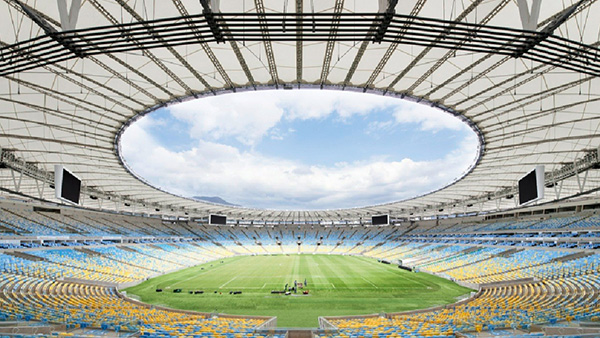
The historical origin of the tensile structures in architecture dates back to the tents used as a dwelling by the nomadic populations among which the Yurt tents of Mongolia or the Teepee of America are known. In more modern times, the first large tensile structures are those used by circus companies to set up their shows. The evolution of these roofs has led to the current “chapiteau” which can reach truly impressive dimensions: Cirque du Soleil for example uses structures over 50 meters in diameter, with antennas of 25 meters and height of the cusps of 19 meters. These roofs are tensioned by over 500 cable-stayed perimeter pillars.
Reference: macotechnology.com, Tensile Structures




























Comments
marcongch
Hi! Thank you for this article, it is interesting to see how different projects have done the panelization differently. Would it be possible that you have a tutorial on the beautiful pattern on the Al-Masjid An-Nabawi?
rezae
Hi Marco,
Thank you for your suggestion, this is a great idea.
I’ll keep you noticed whenever we’ve consider that.